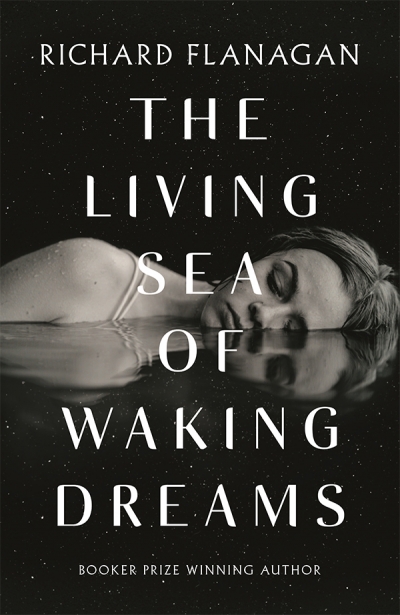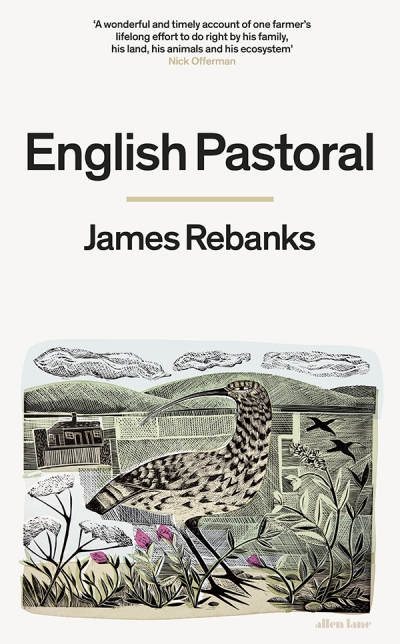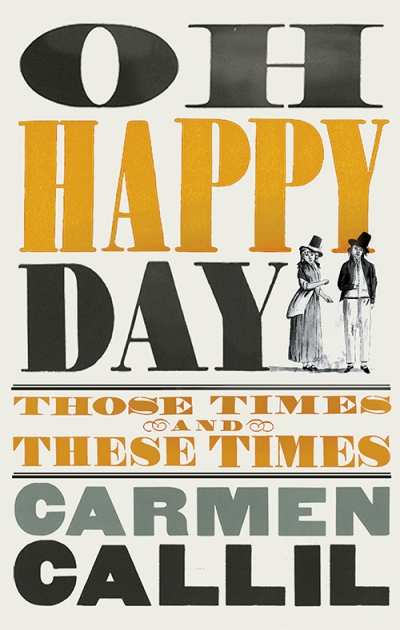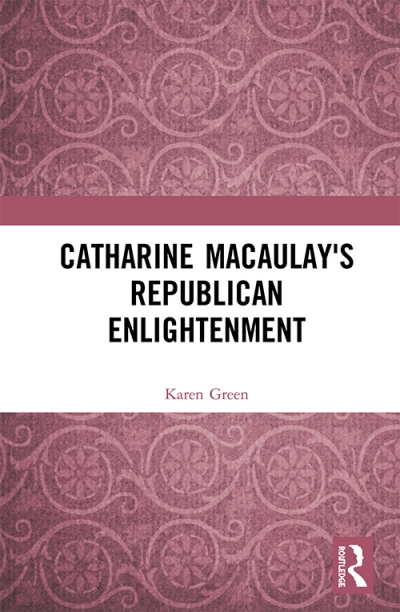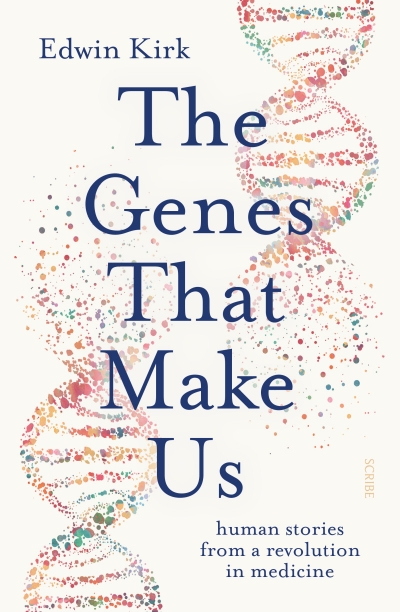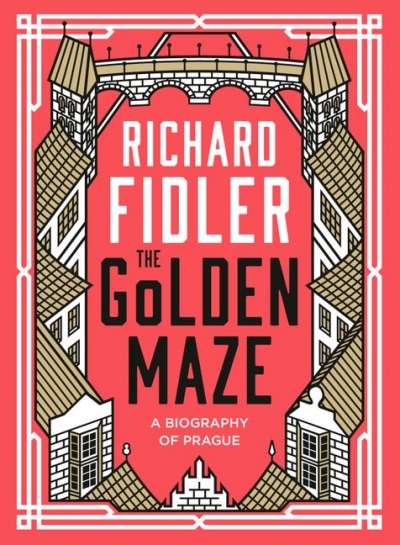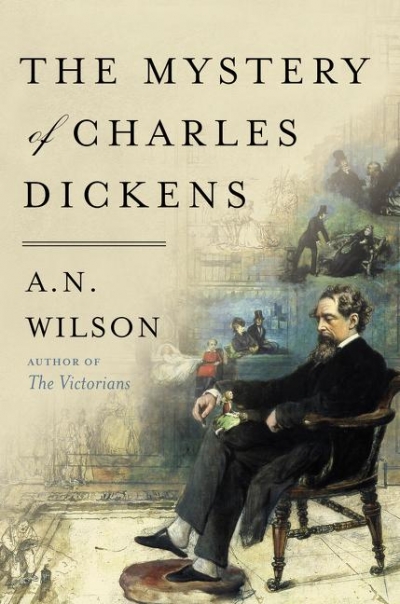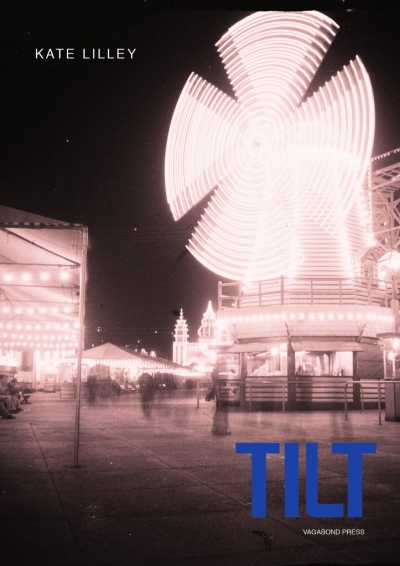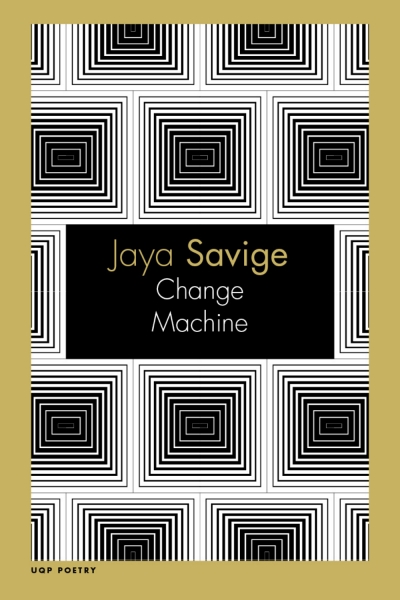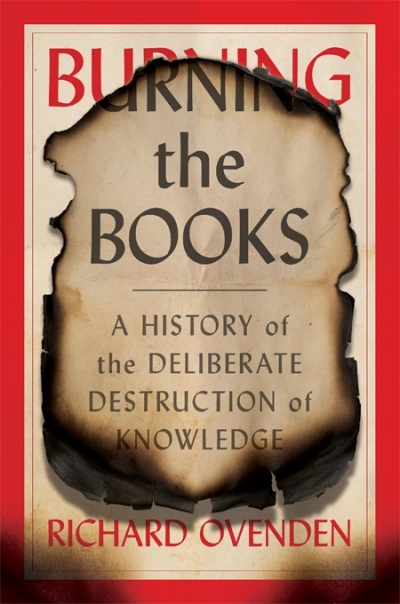VIC contributor
Catharine Macaulay’s Republican Enlightenment by Karen Green
by Janna Thompson •
The Genes That Make Us: Human stories from a revolution in medicine by Edwin Kirk
by Diane Stubbings •
The Golden Maze: A biography of Prague by Richard Fidler
by Christopher Menz •
Burning the Books: A history of knowledge under attack by Richard Ovenden
by Simon Caterson •

